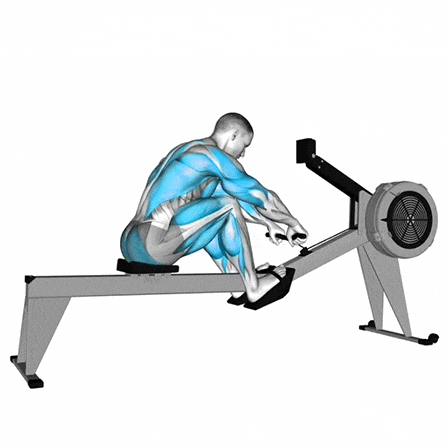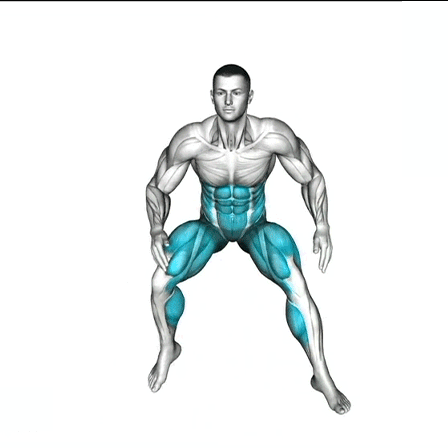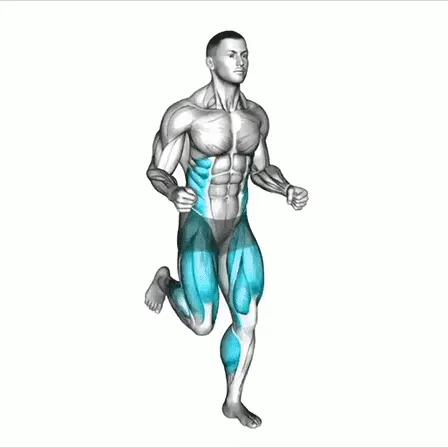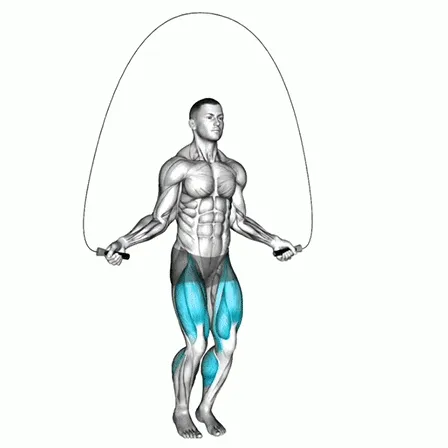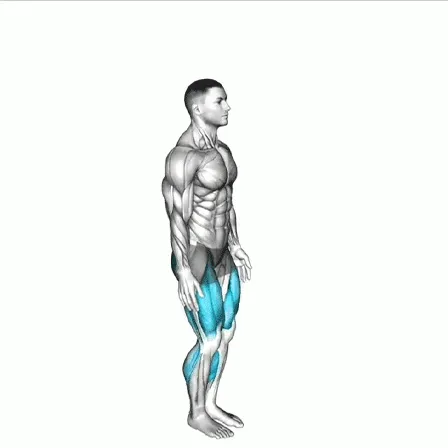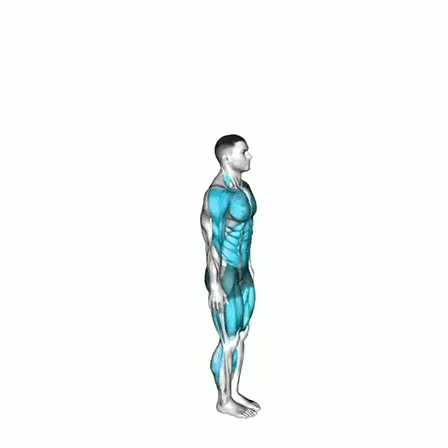Rowing Workouts: Strength and Stamina Training
Rowing isn’t just a warm-up—it’s one of the best full-body exercises for strength, stamina, and endurance. In CrossFit, rowing is used for both high-intensity intervals and long-distance endurance training. By mastering rowing technique, you’ll maximize efficiency, build power, and reduce injury risk.
The 4 Phases of the Rowing Stroke
1. The Catch (Starting Position)
-
Sit tall with feet strapped in and knees bent.
-
Keep shins vertical, arms extended, and shoulders relaxed.
-
Engage your core and maintain a straight back.
2. The Drive (Power Phase)
-
Push powerfully with your legs first.
-
Sequence: legs → torso → arms.
-
Stay braced and avoid pulling too early.
3. The Finish (End Position)
-
Handle close to your chest, elbows tucked in.
-
Slight lean back (avoid overextending).
-
Legs fully extended with knees straight.
4. The Recovery (Return Phase)
-
Extend arms forward first.
-
Hinge at hips, leaning torso slightly forward.
-
Bend knees to slide into the catch.
-
Keep recovery slower (2x longer) than the drive.
Key Tips for Effective Rowing
-
Maintain a neutral spine and engaged core.
-
Use 70% legs, 20% torso, 10% arms.
-
Relax grip—don’t over-grip the handle.
-
Focus on stroke quality, not rushing.
-
Set drag factor between 5–7 for CrossFit workouts.
-
Breathe rhythmically: inhale on recovery, exhale on drive.
Rowing Workouts for Different Goals
-
Sprints: 30 seconds max effort → 30 seconds rest × 6–10 rounds.
-
Endurance: Row 2000–5000 meters at a steady, efficient pace.
-
Conditioning: Mix rowing with burpees, wall balls, or kettlebell swings.
Common Rowing Mistakes to Avoid
-
Pulling with arms before legs.
-
Over-leaning at the finish.
-
Cutting strokes short instead of full extension.
-
Rounding the back and losing posture.
Benefits of Rowing Workouts
-
Full-body conditioning (legs, core, arms, back).
-
Low-impact yet high-intensity cardio option.
-
Builds stamina and muscular endurance.
-
Great for fat loss and calorie burn.
-
Transfers strength and power to other CrossFit movements.
Rowing is a powerhouse exercise that develops strength, power, and endurance while being easy on the joints. Whether you’re training for sprints, endurance WODs, or overall conditioning, rowing will elevate your fitness.
Focus on proper technique, drive with your legs, and maintain rhythm. With consistency, rowing can transform your performance and stamina inside and outside the gym.
